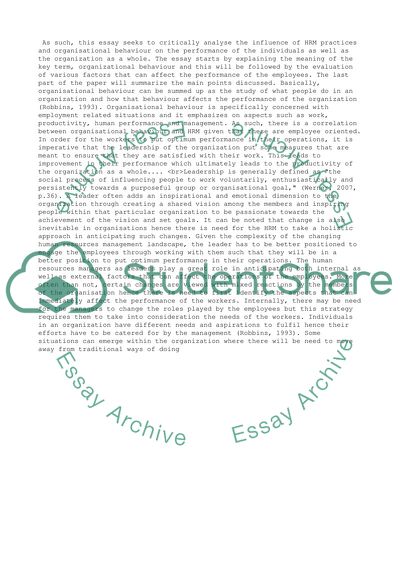Cite this document
(“A Critical Evaluation of HRM and Organisational Behaviour Theories Essay”, n.d.)
Retrieved from https://studentshare.org/management/1435248-a-critical-evaluation-of-hrm-and-organisational
Retrieved from https://studentshare.org/management/1435248-a-critical-evaluation-of-hrm-and-organisational
(A Critical Evaluation of HRM and Organisational Behaviour Theories Essay)
https://studentshare.org/management/1435248-a-critical-evaluation-of-hrm-and-organisational.
https://studentshare.org/management/1435248-a-critical-evaluation-of-hrm-and-organisational.
“A Critical Evaluation of HRM and Organisational Behaviour Theories Essay”, n.d. https://studentshare.org/management/1435248-a-critical-evaluation-of-hrm-and-organisational.


